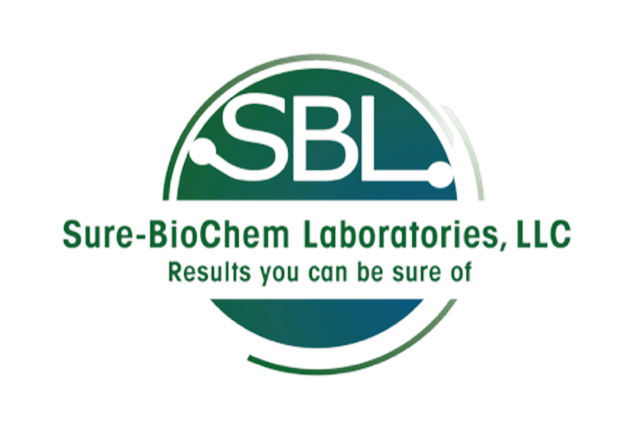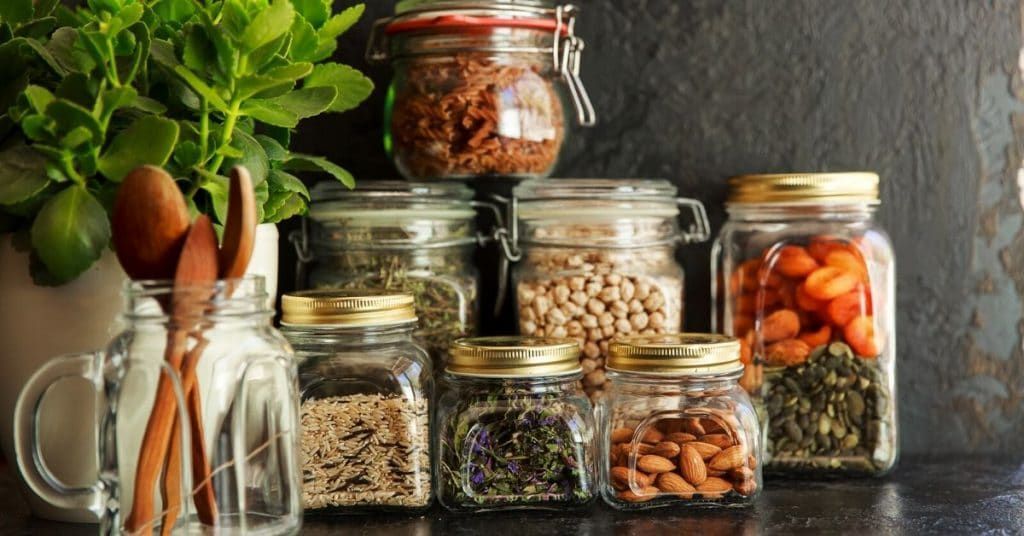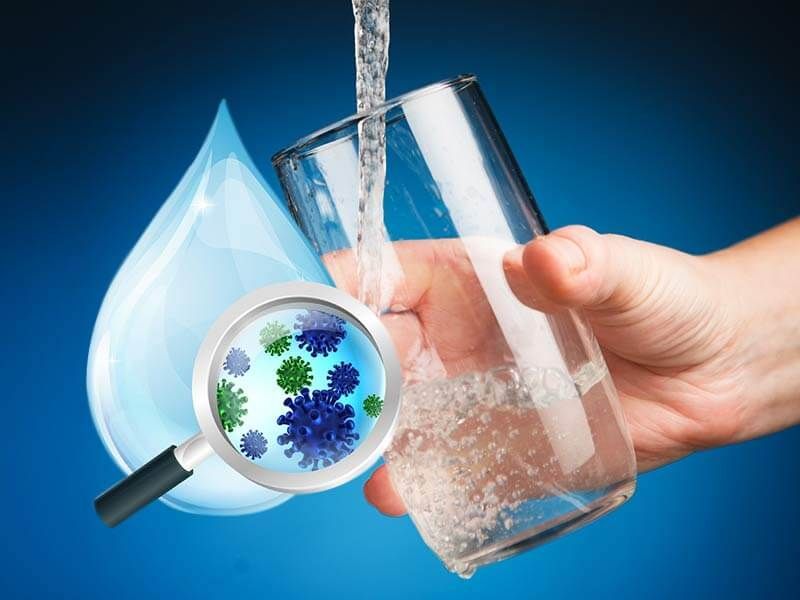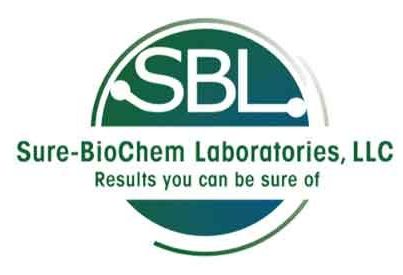Optimizing Food Safety: The Science of Shelf Life Testing
Understanding the shelf life of the product we consume is crucial for comprehending the nutritional value they offer. As consumers, we rely on the quality of our food to be fresh and of the highest standard. It is through quality control measures like shelf-life studies that we can enjoy our meals and beverages with confidence, knowing that they won’t jeopardize our well-being.
What is Shelf-Life Testing
The shelf life of a product is a means of establishing its longevity, commonly referred to as the “best before” or “expiration” date. This assessment, known as shelf-life testing or shelf-life stability testing, is an evaluation conducted within a food safety laboratory. It serves to measure the product’s durability, precisely pinpointing how long it retains its suitability for consumption before shadowing signs of degradation or becoming unsuitable.
Some factors that affect the shelf life of the products are the food’s composition, storage conditions, packaging, and the presence of preservatives or additives. An understanding of these factors is fundamental for effective shelf life testing.

Types of Shelf-Life Testing
There are various types of shelf-life studies depending on the product and industry. Some common types include.
- Microbiological Shelf-Life Study: this focuses on the growth of microorganisms like bacteria, yeast and molds over time. It is a key factor in identifying spoilage.
- Real Time Shelf-Life Study: this involves monitoring the product over a period of time. The product is stored under normal or recommended conditions, and its quality and safety are periodically assessed.
- Chemical Shelf-Life Study: this focuses on analyzing the chemical composition of the product, such as levels of vitamins, antioxidants, or the formation of undesirable compounds. Changes to these elements can indicate product deterioration.
- Comparative Shelf-Life Study: two or more products are compared to assess their shelf life. This is commonly used when reformulating a product, changing packaging or comparing different brands.
- Accelerated Shelf-Life Study : involves subjecting the product to elevated conditions that speeds up the aging process. This helps determine the product's shelf life quickly and is often used in the developmental process of new products.
These various forms of shelf-life testing allow manufacturers, food scientists, and quality control experts to ensure that the products we purchase are not only safe but also maintain their intended quality and nutritional value. The next time you savor a fresh, delicious meal or open a perfectly
preserved product
, remember that behind that confidence lies the science of shelf life.
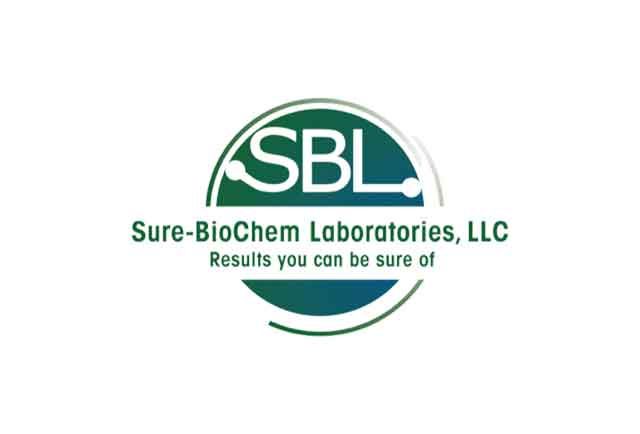
Need Our Help? Fill Out a Service Request Today!
We're here to assist you with all your needs. Please complete our service request form to ensure we provide the best possible service.
It's quick and easy—tell us a little about your request, and our team will reply promptly. We look forward to serving you!
Blog Contact Page

